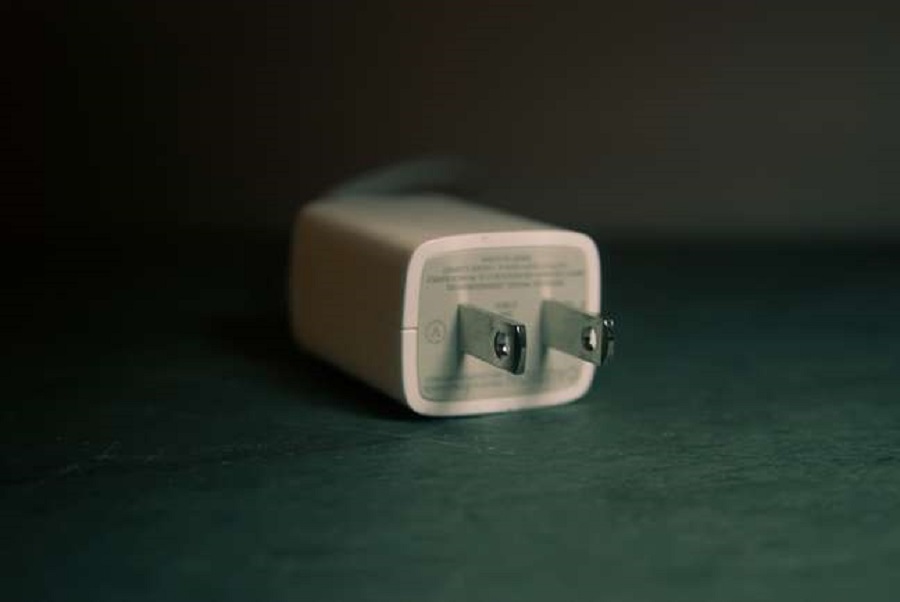RIO DE JANEIRO, BRAZIL – Many make the mistake of thinking that all regions in Brazil have the same voltage standard, which is not the case. But, after all, why isn’t there a single voltage standard in Brazil? And what can happen when we use an appliance designed to work with 110 V, but connected to 220 V – and vice versa?
THE BASICS
Generally, voltage standards in virtually every part of the world are divided into 110 V and 220 V. Countries in the American continent mostly use 110 V, while Europe, Africa and Asia choose 220 V for the most part. But what is the difference between the two types, in practice?

To understand this we need to know that the flow of electricity can be understood in two ways: by voltage and by current. Voltage is measured in volts, and refers to the “pressure” or “thrust” with which electricity flows through wires. Current, or amperage, measured in amps, is the flow of electricity through a conductor.
When you plug a light bulb, a shower head, or any other device into an outlet, it uses electricity to function. This domestic consumption of electricity is measured in kilowatts/hour, since power is measured in watts and depends on the two values mentioned above – voltage and current.
To make it easier to understand, let’s consider this situation: if you turn on a 300-watt light bulb in your house at 110 V, a current of 2.72 amps will flow through the wires. If you turn on the same bulb at 220 V, the current will be 1.36 amperes, which is considerably less. This means that you will need thicker conductor wires to use this light bulb on 110 V and thinner wires on 220 V.
But what does this mean? We can say that electrical installations in buildings using the 220 V standard will have less current flowing through the wires, allowing them to be thinner and consequently cheaper. This is one of the reasons why high-powered appliances such as showers and hair dryers usually run on 220 V – if they ran on 110 V, they would need higher currents and the wires would have to be thicker to prevent the friction from causing a fire.
WHY DO SOME LOCATIONS USE ONE OR THE OTHER?
There are two main reasons why some regions use the standard 110 V or 220 V voltage: the first is the origin of companies that installed electrical grids in Brazil when this technology reached the country at the turn of the 19th to the 20th century. Depending on where these companies were from, they brought their standard here – typically American and Canadian companies chose 110 V, and Europeans chose 220 V.
The second reason involves an imbalance between priorities – safety and economy: 220 V systems are more economical because they require thinner conductors, which use less material, usually copper. Consumption is also slightly lower in 220 V grids, nothing that makes a difference to the end user, but for suppliers it may be a matter to be taken into account.
However, it is much easier to set fire to a house using 110 V, which usually works with a higher current, generates more friction in the wires, and if they are not thick enough, they may overheat and ignite. As you can see, the pros and cons are quite balanced.
Just one more thing to leave no doubt: the text mentions 110V, when in reality the correct voltage in Brazil is 127V. This occurs because the voltage standard in the country used to be exactly 110 V, but with time it was adapted and there was a consensus among concessionaires for 127 V to be the standard, because this value is – to explain it very superficially – an average of the natural variation existing when we measure an alternating current.
Ok, but is it a problem to plug an appliance of one voltage into a different one? That depends.
When we plug a device that works on 110 V into a 220 V network, the chances of the device being damaged are very high. Generally, in these cases, the device will burn at a higher voltage – we have to hope that a safety system is in place so we don’t need to discard the device.
When we connect a device using 220 V to the 110 V network, the problem is much smaller: as a rule, it simply will not work properly, because it is being fed with only half the voltage it needs. A drill, for example, will not rotate as desired, or a stereo may work at a much lower volume. In these cases, the risk of damage to the device is negligible, but not to its full potential.
Because of the differences in voltage throughout the country, many electrical appliances are manufactured and sold in Brazil with the capacity to function perfectly with either voltage.
VOLTAGE IN EACH STATE
We prepared a table to provide the voltage we will find when traveling to other cities in Brazil. Certainly there will be some exceptions, as in the same city there may be older buildings that do not follow the local standard, and even places with two nominal voltage standards depending on the concessionaire supplying power in the area.
Acre – 127V
Alagoas – 220V
Amapá – 127V
Amazonas – 127V
Bahia – 220V
Ceará – 220V
Federal District – 220V
Espirito Santo – 127V
Goíás – 220V
Maranhão – 220V
Mato Grosso – 127V
Mato Grosso do Sul – 127V
Minas Geras – 127V
Pará – 127V
Paraíba – 220V
Paraná – 127V
Pernambuco – 220V
Piauí – 220V
Rio de Janeiro – 127V
Rio Grande do Norte – 220V
Rio Grande do Sul – 220V
Rondônia – 127V
Roraima – 127V
Santa Catarina – 220V
São Paulo – 127V
Sergipe – 127V
Tocantins – 220V

